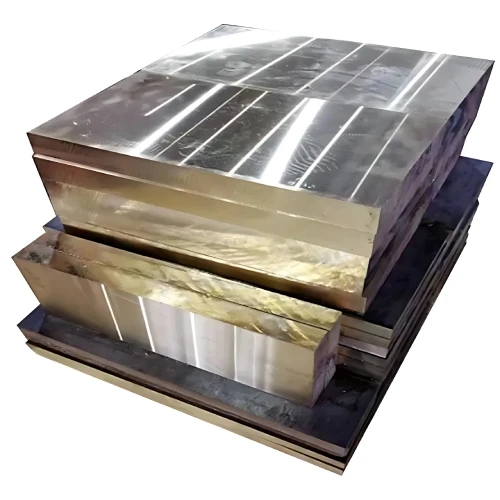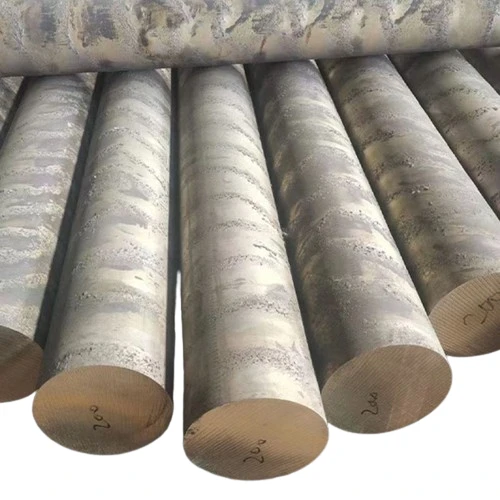C16210, also known as Cadmium Copper, is a high-performance copper alloy distinguished by its exceptional
mechanical strength, excellent electrical conductivity, and resistance to softening at elevated
temperatures. This alloy is particularly valuable in applications that require both mechanical durability
and high conductivity.
Chemical Composition
C16210 is primarily composed of the following elements:
| Element |
Percentage (%) |
| Copper (Cu) |
99.1 - 99.5 |
| Cadmium (Cd) |
0.4 - 0.6 |
| Others |
Balance |
Mechanical Properties
C16210 exhibits superior mechanical properties, making it suitable for a wide range of demanding
applications:
| Property |
Value |
| Tensile Strength |
380 - 540 MPa |
| Yield Strength |
310 - 480 MPa |
| Elongation |
15 - 35% |
| Hardness (Rockwell B) |
70 - 85 |
| Electrical Conductivity |
90 - 95% IACS (International Annealed Copper Standard) |
| Density |
8.94 g/cm³ |
Corresponding Country's Brand
C16210 is recognized under different brands in various countries. Here are some equivalents:
| Country |
Brand Name |
| USA |
Cadmium Copper |
| UK |
CA16210 |
| Germany |
CuCd0.1 |
| Japan |
C1621 |
| China |
QCd0.1 |
Common Questions and Answers
1. What are the primary advantages of using C16210 in industrial applications?
Answer: C16210 offers a unique combination of high mechanical strength, superior electrical
conductivity, and excellent thermal stability. Its resistance to softening at elevated temperatures makes it
ideal for use in electrical connectors, conductors, and other high-stress electrical applications.
2. Can C16210 be easily welded or soldered?
Answer: Yes, C16210 can be welded and soldered, although specific techniques are required
to avoid reducing the material's strength. Using proper filler materials and controlled welding
conditions helps maintain the alloy's desirable properties.
3. In what applications is C16210 commonly used?
Answer: C16210 is commonly used in the manufacturing of electrical connectors, conductors,
and components that require a combination of high strength and electrical conductivity. Its resistance to
softening at elevated temperatures also makes it suitable for applications in power generation and
transmission.
Summary Table
| Aspect |
Details |
| Chemical Composition |
Cu (99.1-99.5%), Cd (0.4-0.6%), Others (Balance) |
| Mechanical Properties |
Tensile Strength: 380-540 MPa, Yield Strength: 310-480 MPa, Elongation: 15-35%, Hardness: 70-85
Rockwell B, Electrical Conductivity: 90-95% IACS, Density: 8.94 g/cm³
|
| Country Brands |
USA: Cadmium Copper, UK: CA16210, Germany: CuCd0.1, Japan: C1621, China: QCd0.1 |
| Applications |
Electrical connectors, conductors, power generation and transmission components |
C16210 Cadmium Copper is a versatile and reliable material widely used across various industries for its
excellent combination of strength, conductivity, and thermal stability.



